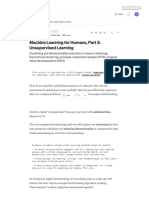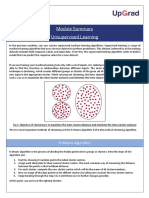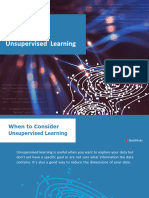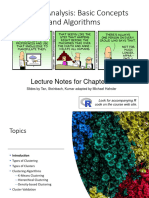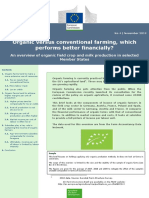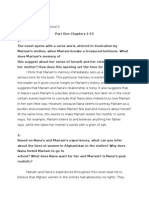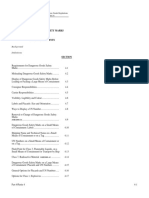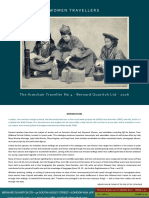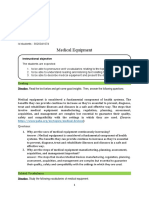0% found this document useful (0 votes)
4 views40 pagesDay8 Unsupervised Learning
Idk it wanted to uploads me the pdf so i am doing this may be it is useful for you so you can check it out
Uploaded by
chandankushal1520Copyright
© © All Rights Reserved
We take content rights seriously. If you suspect this is your content, claim it here.
Available Formats
Download as PDF, TXT or read online on Scribd
0% found this document useful (0 votes)
4 views40 pagesDay8 Unsupervised Learning
Idk it wanted to uploads me the pdf so i am doing this may be it is useful for you so you can check it out
Uploaded by
chandankushal1520Copyright
© © All Rights Reserved
We take content rights seriously. If you suspect this is your content, claim it here.
Available Formats
Download as PDF, TXT or read online on Scribd
/ 40

















